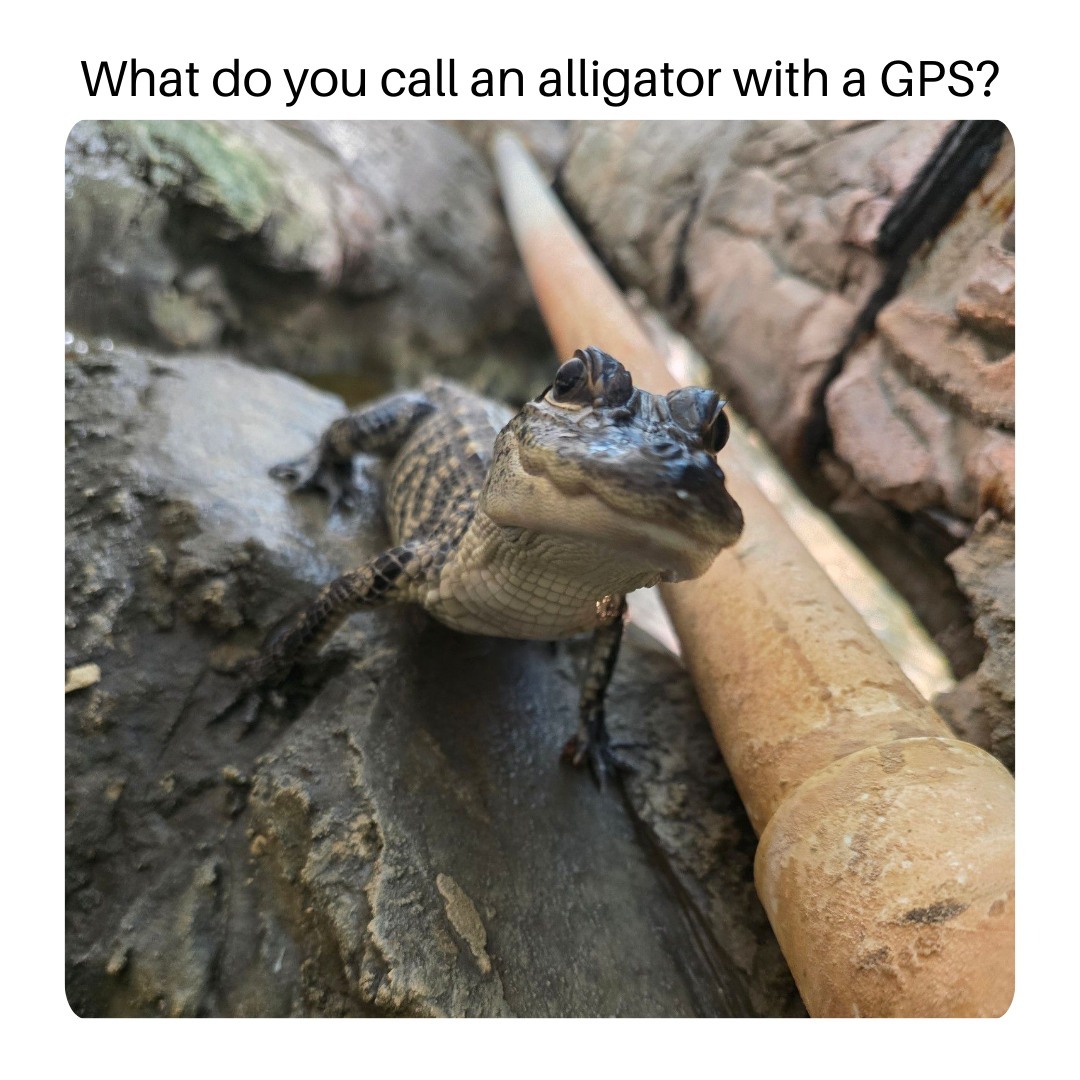- Alligators possess specialized sensory organs called integumentary sensory organs (ISOs) for navigation.
- ISOs help alligators detect movement and changes in water pressure.
- These sensory adaptations enable them to locate prey even in murky water or darkness.
- Understanding these adaptations provides insights into their survival and hunting strategies.
- Conservation efforts benefit from studying alligator navigation and sensory capabilities.
Alligators have intrigued researchers and wildlife enthusiasts for centuries, renowned for their ability to navigate murky waters and remain efficient predators. Their secret lies in the intricate sensory system that equips them for survival. Central to this system are integumentary sensory organs (ISOs), unique adaptations that make alligators remarkable navigators in aquatic environments.
ISOs are specialized sensory structures located primarily around an alligator’s jaws and along its body. These dome-shaped organs are exquisitely attuned to detecting the slightest changes in water pressure. In survival terms, this capability is critical, allowing alligators to sense movements of potential prey or predators even under conditions of low visibility or complete darkness. The ability to perceive minute pressure changes helps alligators track moving creatures in their surroundings, offering them a significant advantage in hunting and self-defense.
The primary function of ISOs is to detect mechanical stimuli, which means they can sense physical changes in their environment. When prey such as a fish or a bird disturbs the water, the ripple effect it creates is quickly picked up by these sensitive organs. This sensory input is processed by the alligator’s nervous system into an accurate representation of its environment, enabling precise reactions. This sensitivity to water pressure enables alligators to strike quickly and accurately, often capturing prey too swift to see with the naked eye.
Studying these sensory adaptations also reveals broader insights into alligator behavior and biology. The positioning and density of ISOs suggest a complex evolutionary history shaped by the demands of aquatic life. Understanding these developments enlightens researchers about which environmental pressures were critical, helping us appreciate the alligator’s role in its ecosystem.
Moreover, such sensory mechanisms illuminate aspects of alligator conservation. By grasping how these animals interact with their habitats, conservationists can better predict the impacts of environmental changes, such as habitat destruction and pollution, on alligator populations. This knowledge is vital for crafting effective conservation strategies, ensuring alligator populations remain robust amid changing environmental conditions.
Alligator research extends beyond academic inquiry, impacting ecological education and public policy. Wildlife management programs integrate these findings to refine techniques for alligator conservation and sustainable interaction with human populations. As alligators are keystone species in their ecosystems, safeguarding their habitats ensures broader ecological health.
Today, zoo and aquarium professionals emphasize the importance of alligator sensory capabilities in educational programs. Facilities often replicate natural environments, allowing these animals to exhibit their innate behaviors and providing visitors with a deeper understanding of ecological dynamics. By highlighting these extraordinary adaptations, educators foster appreciation for biodiversity and the necessity of preserving wildlife.
In conclusion, alligators exemplify evolutionary ingenuity through their specialized sensory organs, adeptly navigating complex aquatic landscapes. These unique adaptations not only ensure their survival but also enrich our understanding of ecological interactions and conservation needs. As we further explore and appreciate these remarkable creatures, we reinforce our commitment to preserving the natural world for future generations.
*****
Source Description
But really… How do alligators navigate their surroundings? Alligators have specialized sensory organs called integumentary sensory organs (ISOs) located around their jaws and bodies. These small, dome-shaped structures are highly sensitive to changes in water pressure, allowing alligators to detect movement and navigate their surroundings even in murky water or complete darkness. This incredible adaptation helps them locate prey and stay aware of their environment. 🐊🌊
Now… navigate your self to the Aquarium and come see us! We are OPEN DAILY 10:00 a.m. to 5:00 p.m.
📸 Aquarist I, Nick F.


